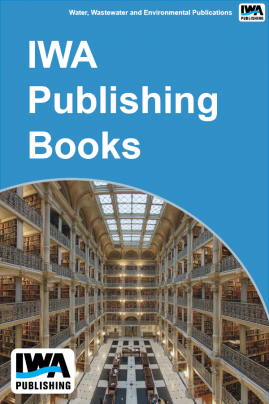 |
Protocol to Evaluate Alternative External Carbon Sources for Denitrification at Full-Scale Wastewater Treatment Plants
Protocol to Evaluate Alternative External Carbon Sources for Denitrification at Full-Scale Wastewater Treatment Plants

Addition of external carbon to biological nutrient removal processes to enhance denitrification to meet more stringent effluent nitrogen limits (e.g., total nitrogen < 3 to 6 mg/L) has become more common for publicly owned treatment works. The objective of this report is to establish a framework for a comprehensive and practice-orientated standardized methodology and a procedure to assess the efficiency and feasibility of an alternative carbon source for enhancing nitrogen removal at full-scale wastewater treatment facilities.
The report includes a comprehensive literature review that summarizes various types of external carbon sources that can be applied for supporting denitrification. The summary included denitrification kinetics rates and coefficients. A road map is developed that depicts the overall framework and identifies the key components required for a comprehensive and systematic assessment of an alternative carbon source for denitrification.
A procedure for pre-screening carbon alternatives is established and an evaluation matrix is provided. The document presents a list of basic parameters that should be obtained or measured to determine the potential of a carbon source. These parameters are often available from the supplier. These basic parameters are used to determine the carbon-to-nitrogen demand ratio and process performance monitoring varies for field testing different nitrogen removal processes. Therefore, the guidance document first provides protocols for evaluating denitrification performance in a general anoxic denitrification reactor. Then, more configuration-specific examples are given for the most commonly used denitrification processes, including the modified Ludzack–Ettinger (MLE) process and 4-stage Bardenpho, either as a suspended-growth system or a fixed-film system.
The final selection of the external carbon source is based on a combination of literature review information, bench test parameters, and full-scale testing results.
Also available as part of your Water Inteligence Online subscription
Publication Date: 15/11/2010ISBN13: 9781843396185eISBN: 9781843396185Pages: 125 |
Print:
|